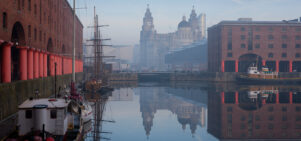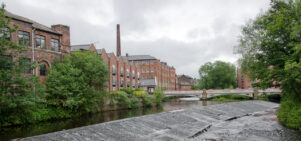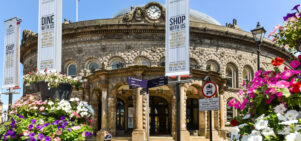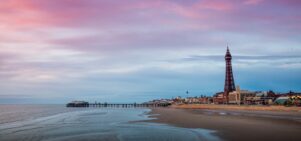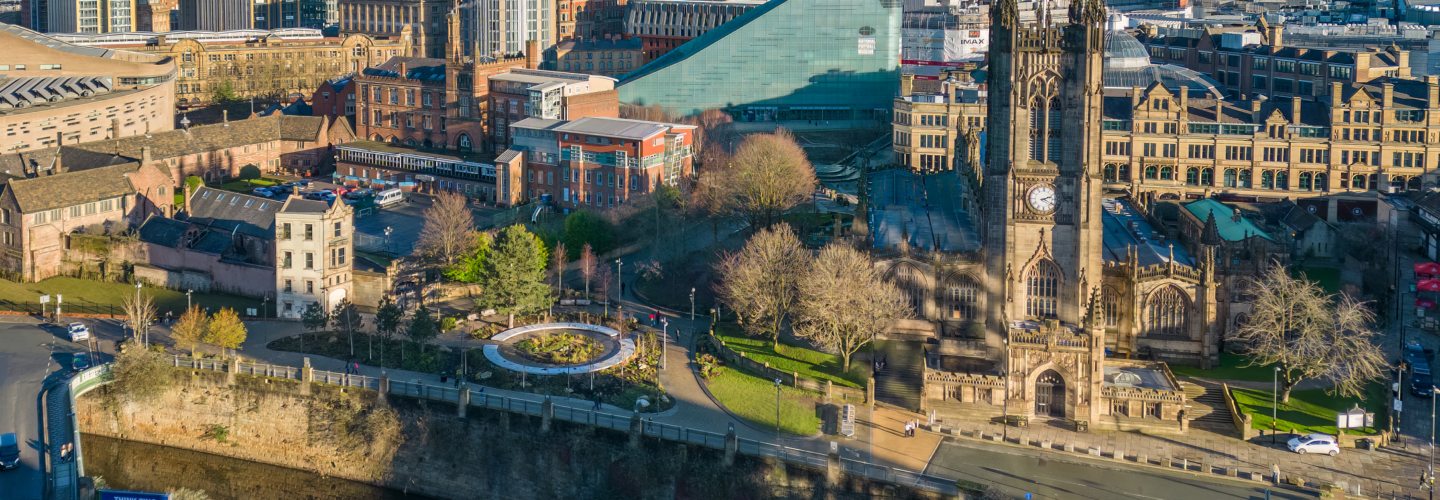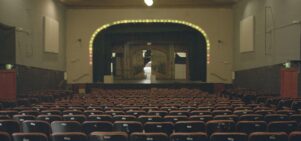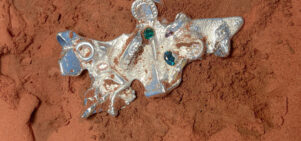Mondrian and his Studios: Standing in his shoes
Laura RobertsonTate Liverpool’s latest blockbuster show offers an inventive and revealing take on this most well-known of artists.
Did you know that Dutch painter Piet Mondrian – he of the abstract grids and primary colours – loved jazz? Or that he made most of his life’s work at one address, in a glorious white studio in Paris? This, and other details about the artist’s life, work and creative process are the subject of Tate Liverpool’s upcoming summer blockbuster, Mondrian and his Studios.
Literally transforming the galleries into a full recreation of Mondrian’s work space at Rue du Départ, the show includes the famous black floor and white walls hung with moveable panels of red, yellow and blue plastic – both a method he used to explore ideas for painting, and original sculptures in their own right. The studio “was not just a place for making Mondrians”, says Guardian art critic Charles Darwent; “it was a Mondrian – and a generator of Mondrians.”
He loved to dance to music whilst working
The exhibition, which includes original ephemera like business cards and photographs, also reflects personal touches that made his studio so special. He loved to dance to music whilst working, keeping a record player and jazz vinyl next to his paintings, and he welcomed a host of visitors with whom he’d smoke and talk to. These were fellow artists, architects and friends, including Maude van Loon, who described the room as a “paradise.”
The exhibition plots his journey from figurative work to abstraction by studio; visitors will be able to see Mondrian’s best-known Neo-Plastic works, as well as early Parisian paintings. These may surprise some; the artist originally drew from natural subjects, particularly trees. Mondrian would eventually begin to replace branches with lines and grids, reflecting a passion for urban architecture, which would lead to him becoming a figurehead in absolute abstraction. He was embraced by the De Stijl art movement (1917-1931) and became a key influence on modernist landscape architecture.
Perhaps the best thing about Tate Liverpool’s show is the way it places us in Mondrian’s shoes; cleverly utilising the gallery’s waterfront setting, we will be able to look out of the gallery windows onto the River Mersey and the former Cunard liner piers as the artist once did. In September 1940, he boarded the White Star liner Samaria at Liverpool and sailed for New York, which was to be the home of his last studio, and where he died three years later. This exhibition allows us to step back into his world.


